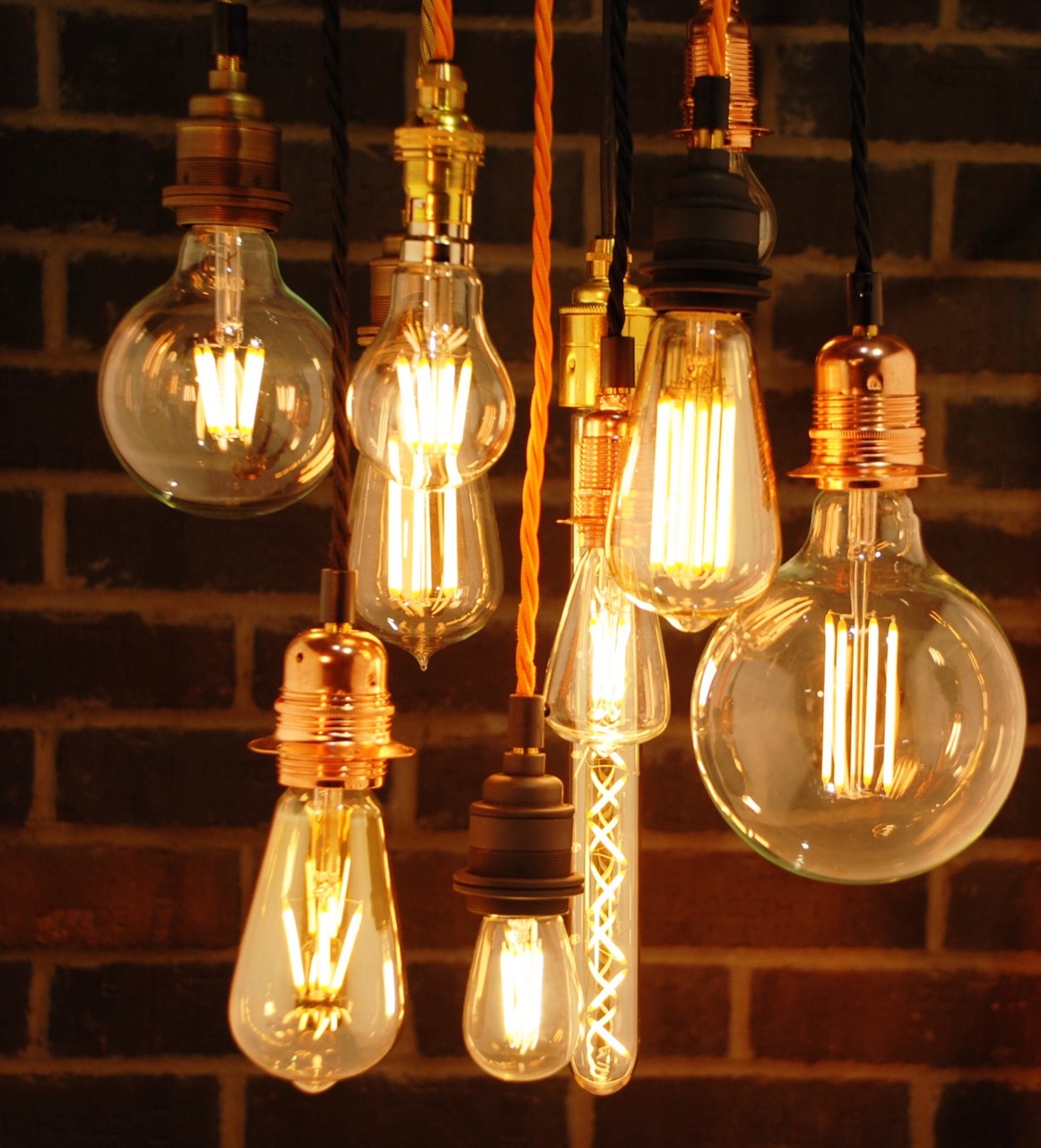

Articles
What Is A Light Bulb Filament Made Of
Modified: February 22, 2024
Discover the materials used to create light bulb filaments with our informative articles. Learn about the different types and benefits of filaments used in various light bulbs.
(Many of the links in this article redirect to a specific reviewed product. Your purchase of these products through affiliate links helps to generate commission for Storables.com, at no extra cost. Learn more)
Introduction
Light bulbs have become an essential part of our daily lives, providing the illumination we need in our homes, offices, and public spaces. Have you ever wondered how a light bulb works and what makes it glow? One crucial component of a light bulb is the filament, which is responsible for producing the light.
In this article, we will explore what light bulb filaments are made of and delve into the history and different materials used in their construction. We will also compare the traditional incandescent filaments with the more modern LED filaments and discuss how technological advancements have revolutionized the lighting industry.
So, let’s shed some light on the fascinating world of light bulb filaments and discover the materials that make them shine!
Key Takeaways:
- Tungsten has been the go-to material for light bulb filaments, offering durability and efficiency. However, the rise of LED filaments has revolutionized the industry with remarkable energy savings and versatility in light production.
- The evolution of light bulb filaments from carbonized threads to advanced LED technology has transformed the lighting industry. With a focus on energy efficiency and environmental impact, future advancements will redefine the way we illuminate our world.
Read more: What Are Light Bulbs Made Of?
What Are Light Bulb Filaments?
A light bulb filament is a thin wire that is heated to a high temperature, causing it to emit light. It is the heart of an incandescent light bulb and is responsible for producing the warm and inviting glow that illuminates our surroundings.
The choice of material for the filament is crucial, as it determines the efficiency, durability, and overall performance of the light bulb. The filament must have a high melting point and be able to withstand the intense heat generated by the electric current passing through it.
The shape and length of the filament also play a role in the distribution of light. Different shapes and sizes can create a focused or diffuse light output, depending on the specific requirements of the lighting application.
Light bulb filaments are typically made of metal or metal alloys due to their high melting points and ability to conduct electricity efficiently. Tungsten, a metal with an extremely high melting point, is the most commonly used material for light bulb filaments. However, advancements in technology have introduced alternative materials to enhance energy efficiency and prolong the lifespan of light bulbs.
In the next section, we will explore the fascinating history of light bulb filament materials and how they have evolved over time.
History of Light Bulb Filament Materials
The development of light bulb filaments has undergone a significant transformation since the invention of the incandescent light bulb by Thomas Edison in the late 19th century. Edison’s original design used a carbonized bamboo filament, which provided a limited lifespan and emitted a dim light.
Over the years, researchers and inventors experimented with various materials to improve the efficiency and lifespan of light bulbs. In 1904, the introduction of tungsten as a filament material revolutionized the lighting industry. Tungsten had a remarkably high melting point, allowing it to withstand the extreme temperatures required to produce light.
Initially, tungsten filaments were brittle and prone to breakage. However, advancements in metallurgy and manufacturing techniques led to the development of more robust and ductile tungsten filaments. These filaments were not only longer-lasting but also provided a brighter and more efficient light output.
Throughout the 20th century, tungsten remained the dominant material for light bulb filaments. Manufacturers refined their techniques and experimented with different filament designs to optimize performance.
In recent years, with the growing popularity of energy-efficient lighting options, such as LED bulbs, filament materials have once again evolved. LED filaments use advanced semiconductor technology to produce light, eliminating the need for traditional metal filaments.
LED filaments are made of a thin layer of semiconducting material, usually gallium nitride, which is deposited onto a substrate. This allows for greater energy efficiency, longer lifespans, and a more focused light output. LED filaments have become a viable alternative to incandescent bulbs, providing significant energy savings and reduced environmental impact.
As we move towards a more sustainable and energy-conscious future, the development of new and innovative filament materials continues. Researchers are exploring materials such as graphene and carbon nanotubes, which offer the potential for even greater efficiency and longevity.
With every advancement in filament technology, we witness the evolution of lighting, making it more efficient, durable, and environmentally friendly.
Tungsten Filament: The Most Common Material
When it comes to light bulb filaments, tungsten is the most widely used and well-known material. Its exceptional properties make it an ideal choice for creating durable and efficient filaments.
Tungsten is a transition metal with an extremely high melting point of 3,422 degrees Celsius (6,192 degrees Fahrenheit). This exceptional heat resistance allows tungsten filaments to operate at high temperatures without melting or deforming.
Manufacturing tungsten filaments involves several steps. First, a small tungsten wire is wound into a coil, which is then placed onto a glass support structure called a support rod. This support rod helps to maintain the shape and stability of the filament during operation.
The coiled tungsten wire is then placed in a high-temperature vacuum chamber where it undergoes a process called annealing. Annealing involves heating the coil to remove any impurities or stresses in the tungsten wire, resulting in a more robust and flexible filament.
Once the tungsten filament is prepared, it is sealed inside a glass bulb filled with an inert gas, such as argon or nitrogen, to prevent oxidation and maintain the integrity of the filament.
One of the key advantages of tungsten filaments is their ability to operate at high temperatures, allowing them to emit a bright and warm light. This makes tungsten ideal for various lighting applications, including household bulbs and commercial lighting fixtures.
Tungsten filaments also have a long lifespan, typically lasting for thousands of hours before needing replacement. Although they are not as energy-efficient as newer technologies like LED bulbs, tungsten filaments still offer a reliable and cost-effective lighting solution.
Over the years, researchers have made continuous improvements to tungsten filaments, resulting in greater efficiency and longevity. By optimizing the filament design and manufacturing processes, manufacturers have been able to produce more energy-efficient tungsten bulbs, reducing their environmental impact.
Despite its popularity, tungsten filaments face competition from energy-efficient alternatives such as LED bulbs. LED technology provides even greater energy savings and longer lifespans, making them a compelling choice for eco-conscious consumers.
However, due to their proven performance and widespread availability, tungsten filaments continue to be utilized in a variety of lighting applications. Whether in traditional incandescent bulbs or specialized lighting fixtures, tungsten filaments remain a dominant force in the lighting industry.
Light bulb filaments are typically made of tungsten, a metal known for its high melting point and durability. This allows the filament to heat up and produce light without burning out quickly.
Other Materials Used in Light Bulb Filaments
While tungsten is the most common material used in light bulb filaments, there are several other materials that have been utilized in filament construction throughout history. These materials offer different properties and characteristics, catering to specific lighting needs.
1. Carbon Filaments: Before tungsten became widely used, carbon filaments were the go-to choice for incandescent bulbs. Carbon filaments were created by heating a carbonized thread made from cellulose, such as bamboo or cotton, until it transformed into a carbon filament. These early filaments had shorter lifespans and emitted a dimmer light compared to tungsten, but they marked an important milestone in lighting history.
2. Halogen Filaments: Halogen bulbs are a type of incandescent bulb that uses halogen gas to enhance the life of the filament. The filament material in these bulbs is typically made of tungsten, but it is surrounded by a halogen gas, such as iodine or bromine. The halogen gas prevents the filament from degrading as rapidly, resulting in a longer lifespan for the bulb.
3. Metal Halide Filaments: Metal halide bulbs are commonly used in commercial and industrial applications, providing powerful and efficient lighting. These bulbs utilize a blend of metal halide salts, such as sodium iodide or mercury iodide, along with tungsten filaments. The combination of the metal halides and tungsten filament produces a bright and intense light output.
4. Nichrome Filaments: Nichrome, an alloy composed of nickel and chromium, has also been used as a filament material. Nichrome filaments offer good heat resistance and durability, making them suitable for high-temperature applications.
5. LED Filaments: With the rise of LED technology, LED filaments have gained popularity as energy-efficient alternatives to traditional incandescent bulbs. These filaments are not made of traditional materials like tungsten or carbon. Instead, they utilize advanced semiconductor technology to produce light. LED filaments are constructed using thin layers of semiconducting material, typically gallium nitride, deposited onto a substrate. This innovative design allows for greater energy efficiency and longer lifespans compared to traditional filament technology.
As lighting technology continues to evolve, we can expect further advancements in filament materials. Researchers are constantly exploring new materials and techniques to improve energy efficiency, lifespan, and light quality.
By experimenting with different materials and designs, the lighting industry continues to provide innovative solutions that meet our diverse lighting needs while considering environmental sustainability.
Read more: What Is A Light Bulb
Incandescent vs. LED Filaments
When it comes to choosing light bulbs, two popular options are incandescent bulbs and LED bulbs. While both types of bulbs produce light, they differ significantly in terms of technology, efficiency, and lifespan. Here, we will compare the filaments used in incandescent and LED bulbs to understand their differences and advantages.
Incandescent Filaments: Incandescent bulbs use a tungsten filament that is heated to a high temperature by an electric current. As the filament heats up, it emits light. Incandescent filaments produce a warm, cozy light that is often preferred in residential settings. However, they are not as energy-efficient as LED bulbs.
Incandescent filaments have a relatively short lifespan, typically lasting between 1,000 to 2,000 hours. They also generate a significant amount of heat, making them less efficient in converting electricity into light. This not only wastes energy but also leads to higher electricity bills.
LED Filaments: LED bulbs, on the other hand, do not use traditional filaments. Instead, they utilize advanced semiconductor technology to produce light. LED filaments consist of thin layers of semiconductive materials, such as gallium nitride, deposited onto a substrate.
LED filaments are incredibly energy-efficient, consuming a fraction of the energy compared to incandescent bulbs. They convert electricity into light more efficiently, resulting in less wasted energy in the form of heat. This efficiency translates into significant cost savings on electricity bills and reduces the carbon footprint.
Moreover, LED filaments have an impressive lifespan, ranging from 20,000 to 50,000 hours or more. This longevity ensures that LED bulbs need to be replaced less frequently, reducing maintenance and replacement costs.
LED filaments also offer versatility in terms of light color and intensity. They can be adjusted to produce a wide range of color temperatures, making them suitable for various environments and applications.
Another advantage of LED filaments is their durability. They are not prone to breakage like traditional incandescent filaments and are more resistant to shock and vibrations.
While LED bulbs initially had a higher upfront cost compared to incandescent bulbs, the prices have significantly decreased in recent years due to advancements in technology and increased market availability.
In summary, LED filaments outshine incandescent filaments in terms of energy efficiency, lifespan, environmental impact, and versatility. They offer significant long-term savings and are the more sustainable choice for lighting solutions. However, incandescent filaments may still be favored for their warm and cozy light output in certain applications.
Conclusion
Light bulb filaments play a critical role in providing the illumination we need in our daily lives. From the traditional tungsten filaments found in incandescent bulbs to the advanced LED filaments of modern technology, the choice of filament material significantly impacts the efficiency, lifespan, and quality of light produced.
Over the years, tungsten has remained the most common and widely used material for light bulb filaments. Its high melting point and durability have made it a reliable choice for various lighting applications. However, with the rise of energy-efficient lighting options, such as LED bulbs, filaments have undergone significant advancements.
LED filaments have revolutionized the lighting industry with their remarkable energy efficiency, long lifespan, and versatility in producing different colors and intensities of light. These filaments use semiconductor technology to convert electricity into light, reducing energy consumption and minimizing environmental impact. LED bulbs have become the go-to choice for homeowners, businesses, and industries looking to save on energy costs and contribute to sustainability.
While tungsten and LED filaments dominate the market, we have also explored other materials such as carbon, halogen, metal halide, and nichrome, each catering to specific lighting needs and applications.
As the demand for energy-efficient and eco-friendly lighting continues to grow, researchers and manufacturers are constantly exploring new materials and designs for light bulb filaments. Graphene, carbon nanotubes, and other innovations hold promise for even greater efficiency and longevity in the future.
In conclusion, light bulb filaments have come a long way since the invention of the incandescent bulb. From carbonized threads to tungsten coils and now advanced LED technology, the evolution of filament materials has transformed the way we illuminate our spaces. With a focus on energy efficiency, longevity, and environmental impact, we can expect future advancements that will redefine the way we light up our world.
Frequently Asked Questions about What Is A Light Bulb Filament Made Of
Was this page helpful?
At Storables.com, we guarantee accurate and reliable information. Our content, validated by Expert Board Contributors, is crafted following stringent Editorial Policies. We're committed to providing you with well-researched, expert-backed insights for all your informational needs.
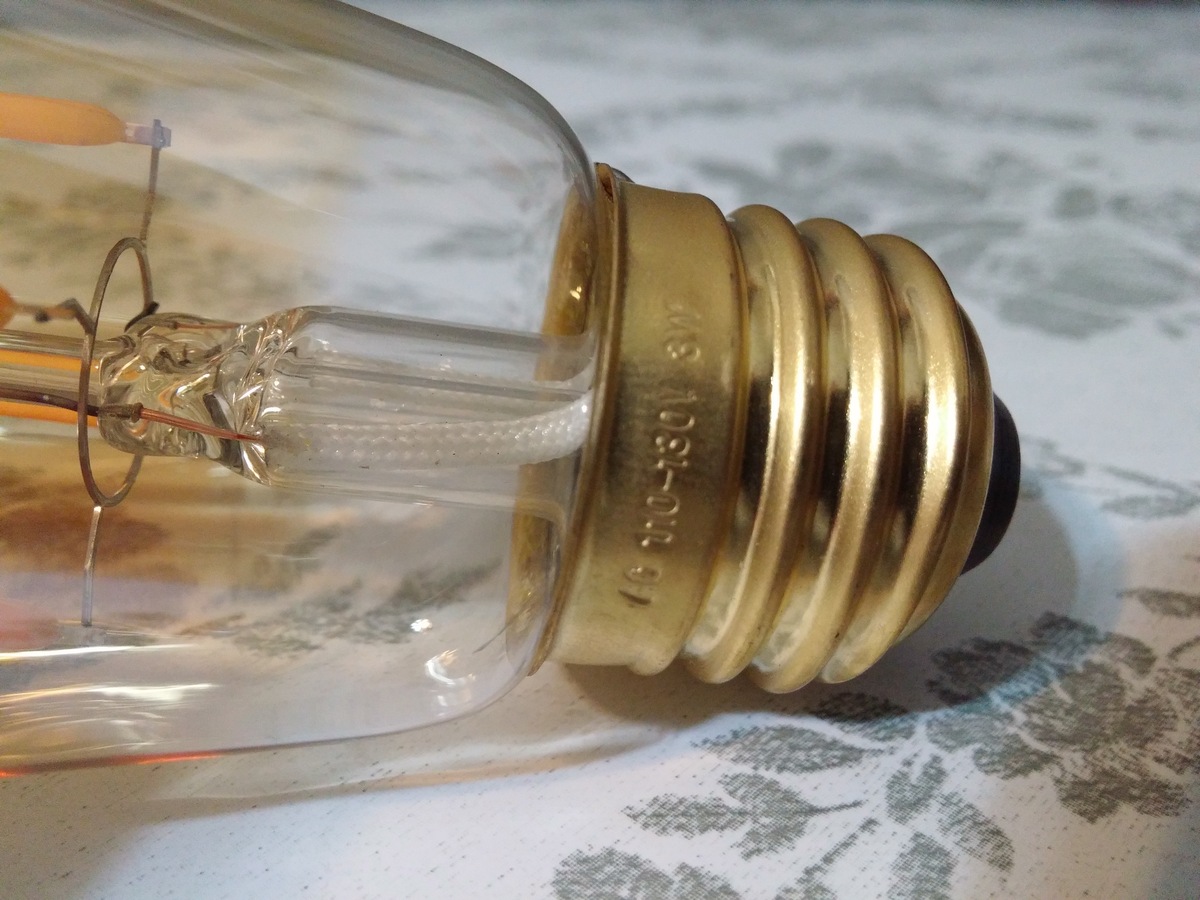

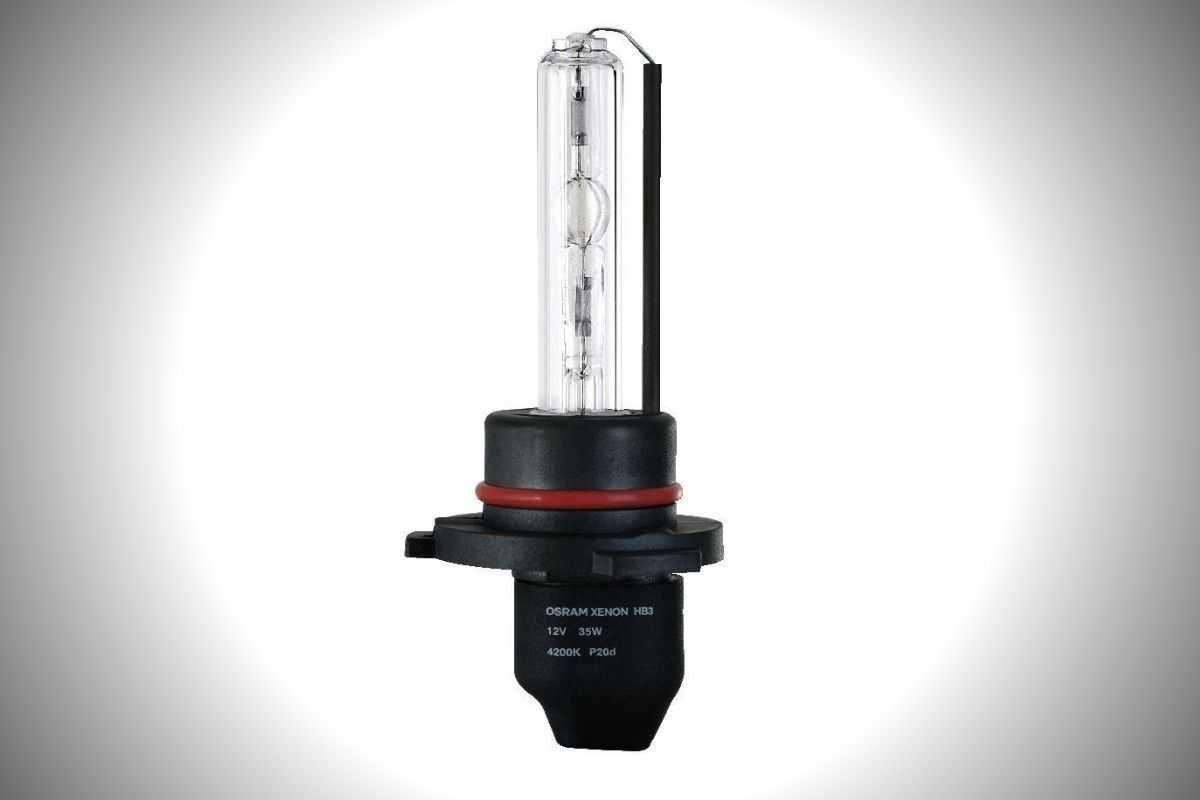
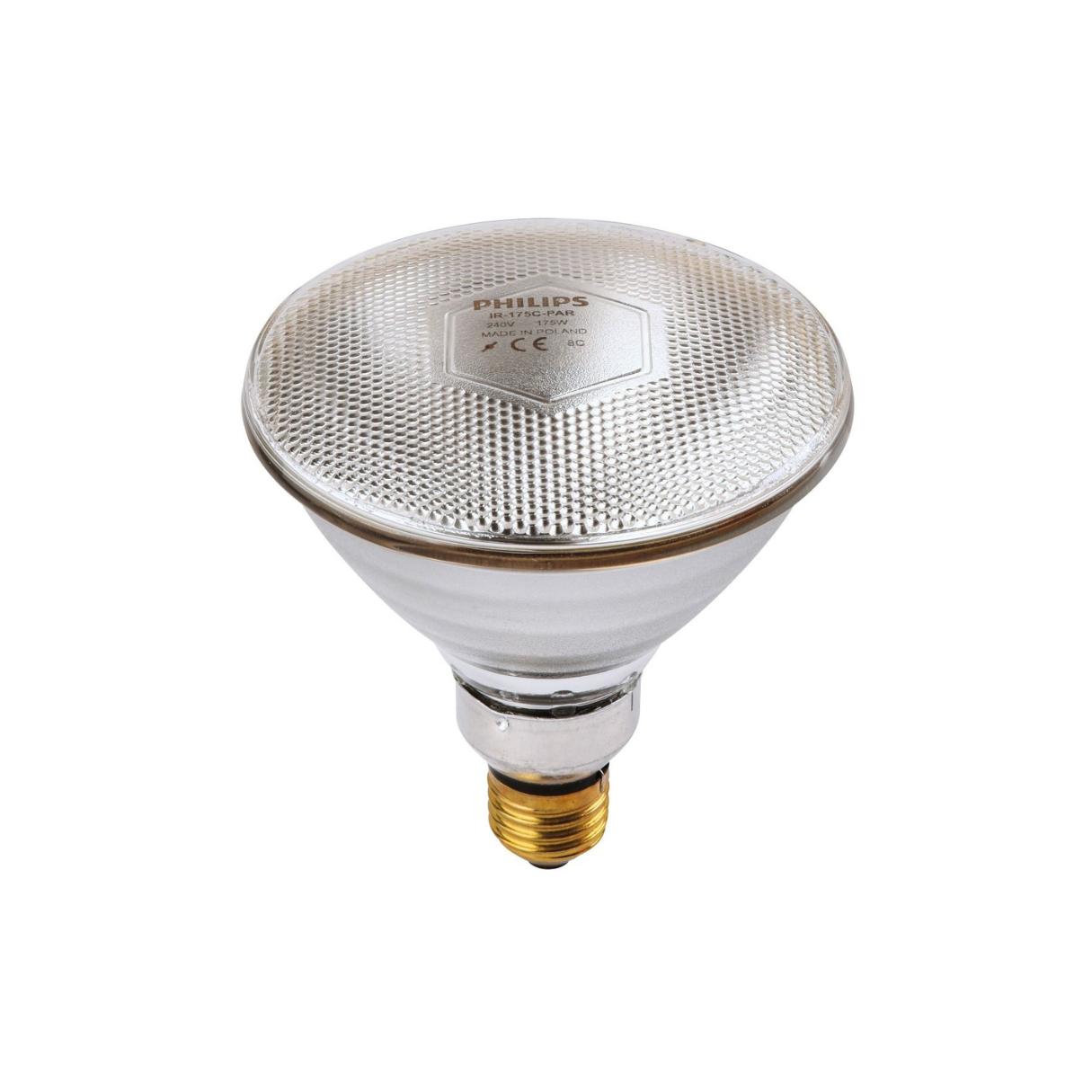
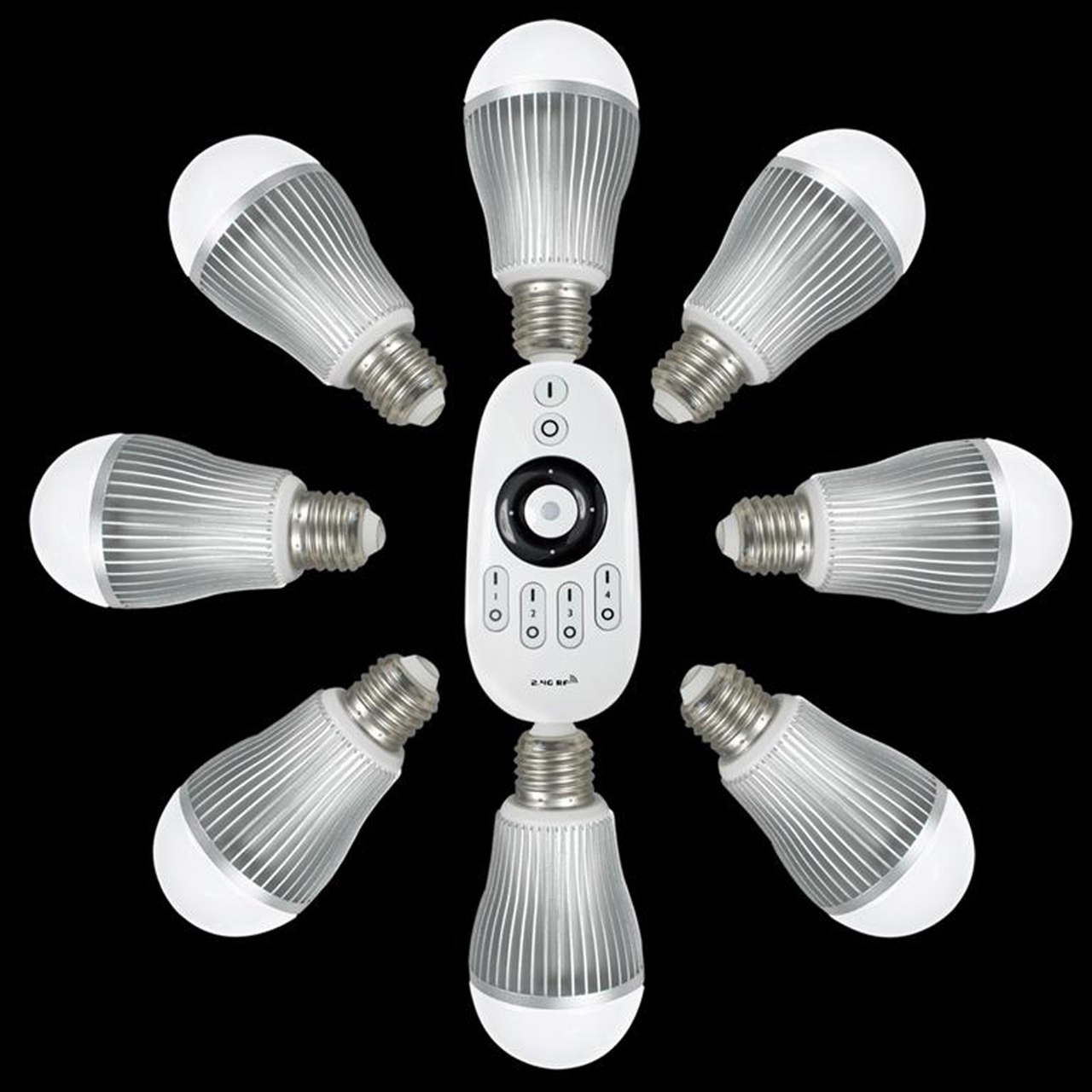
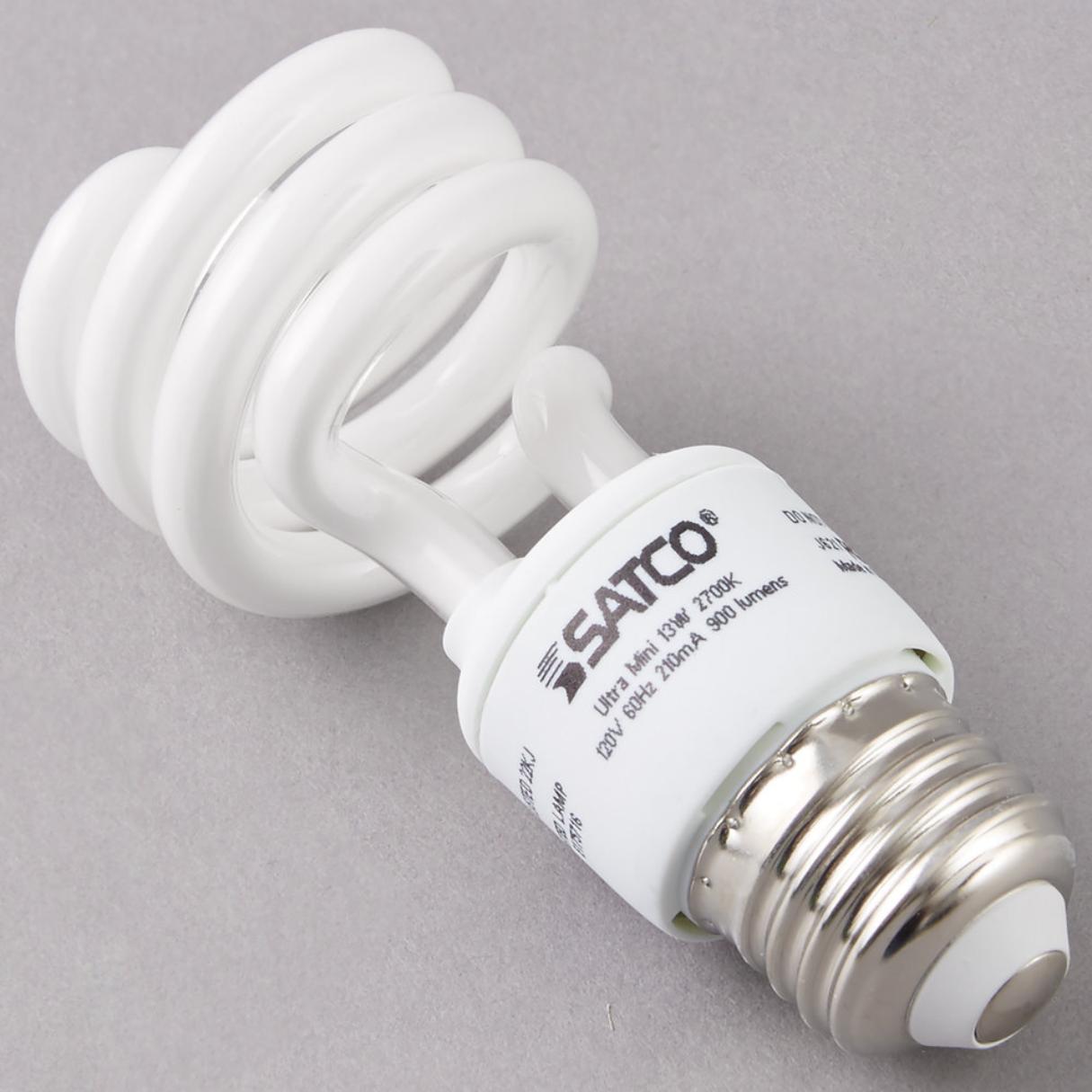
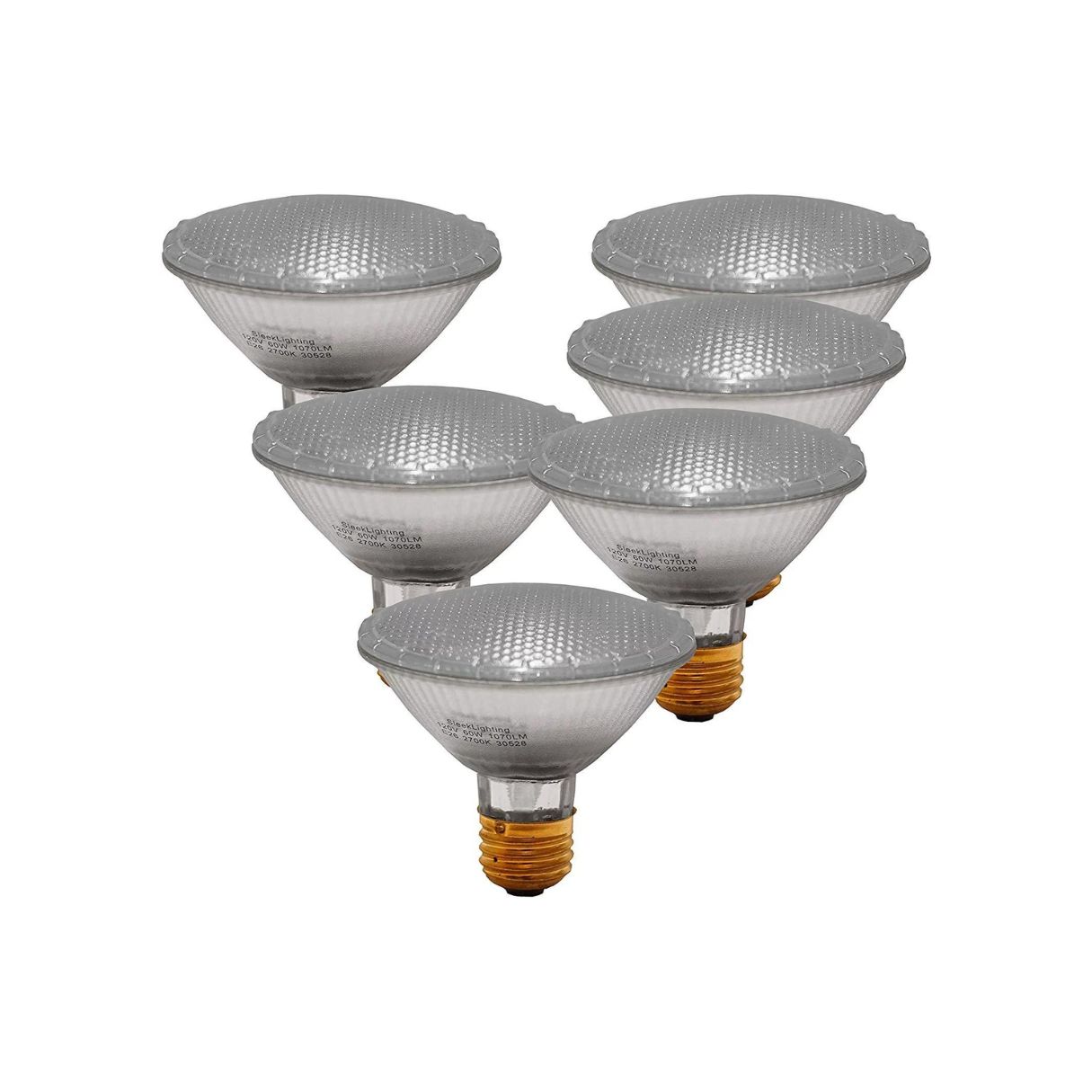
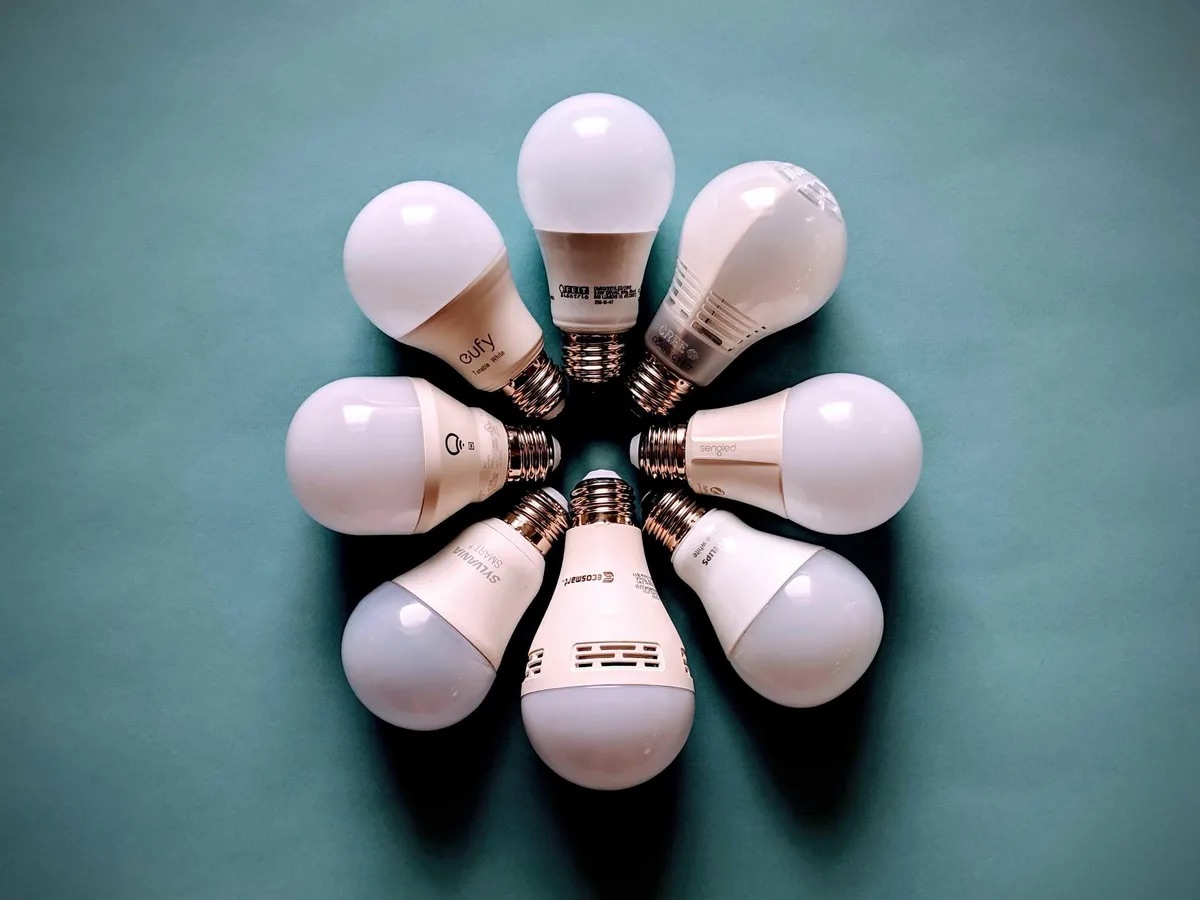

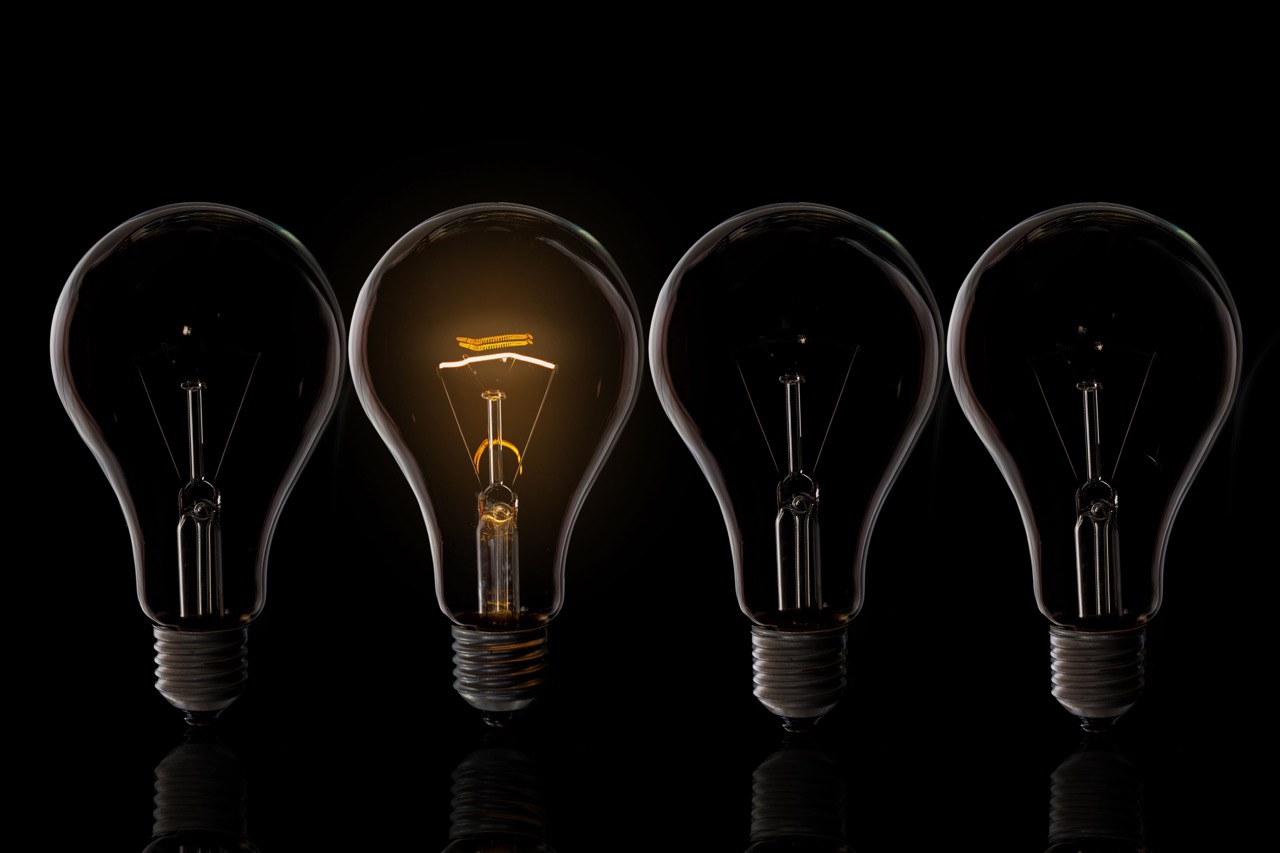
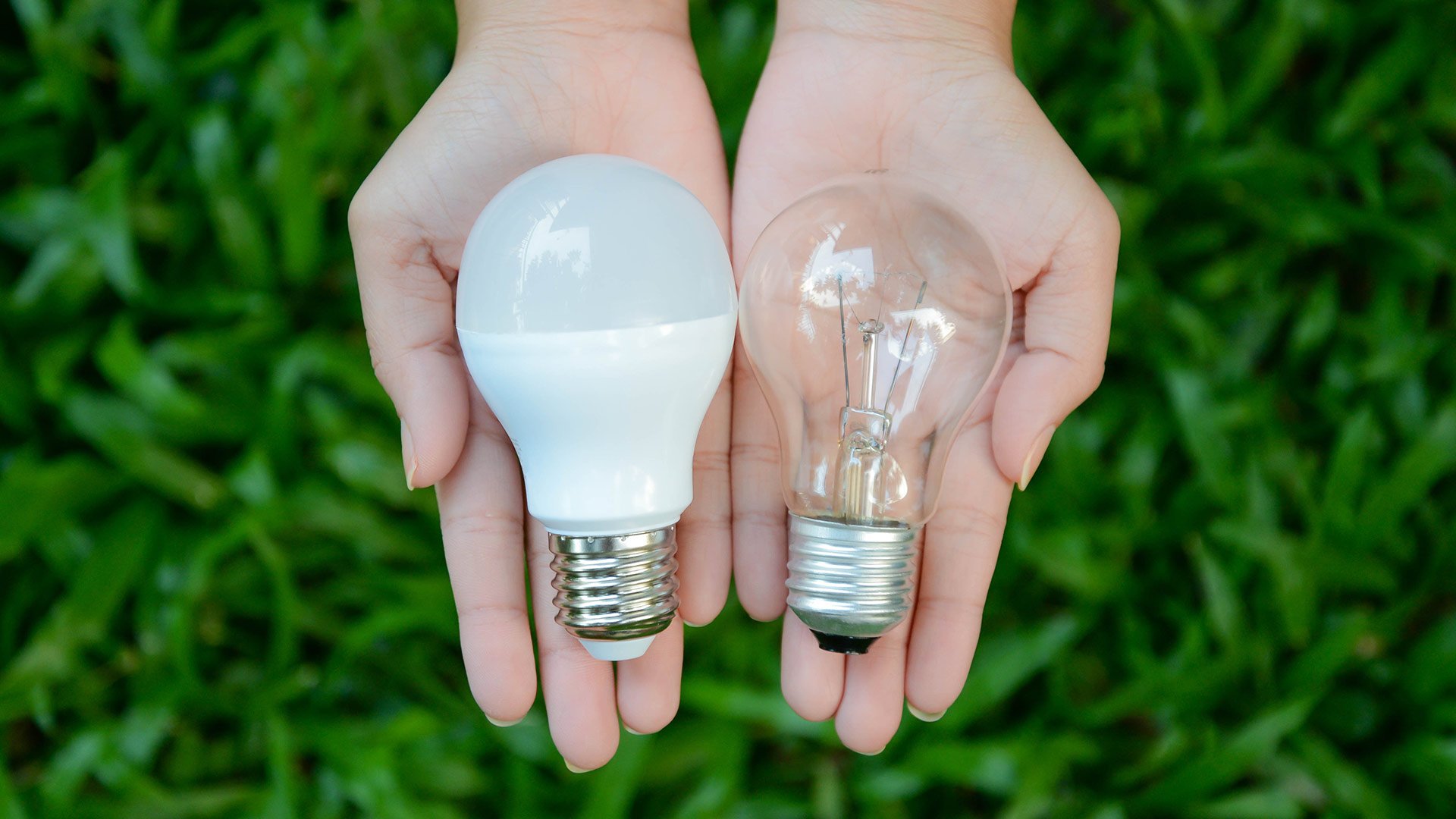
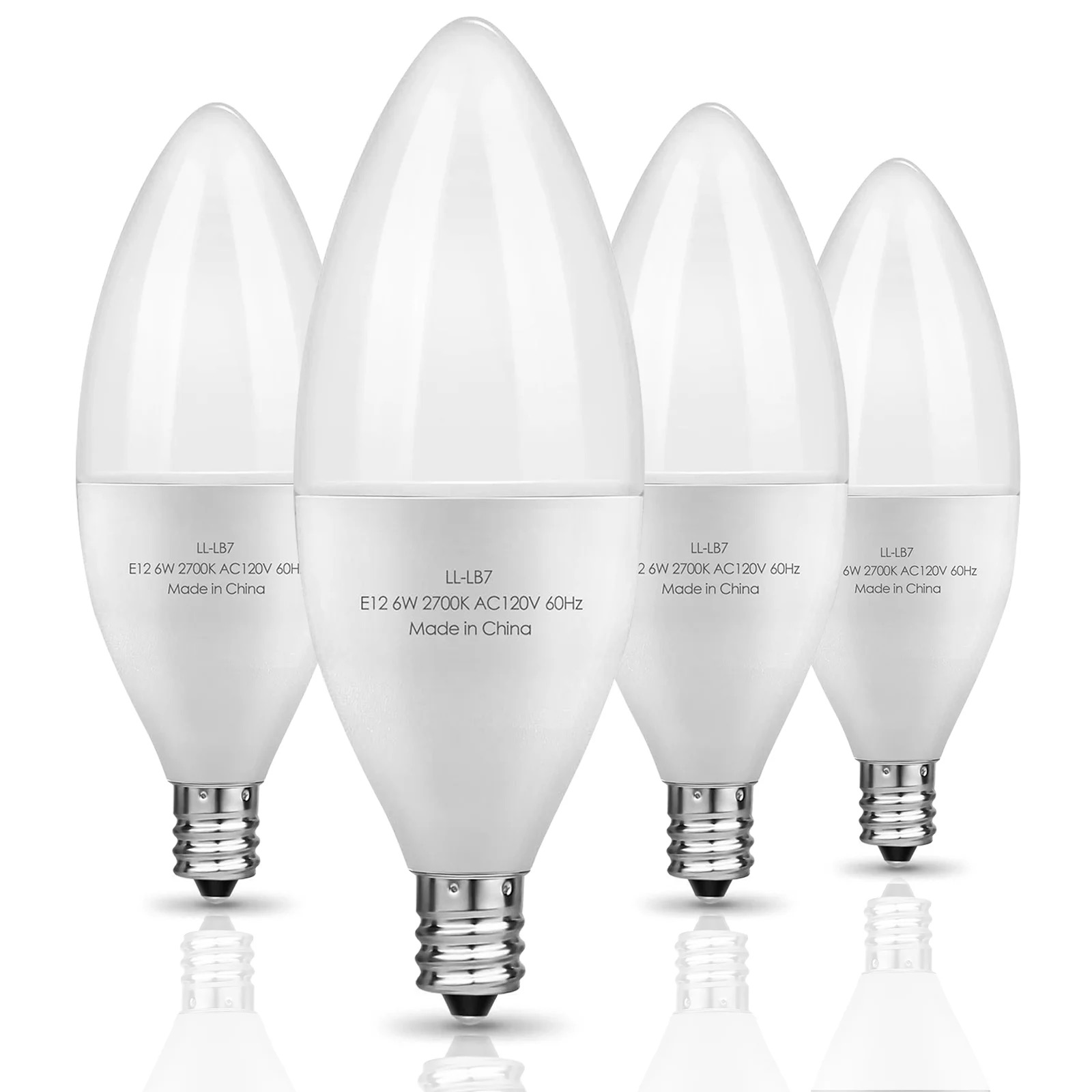
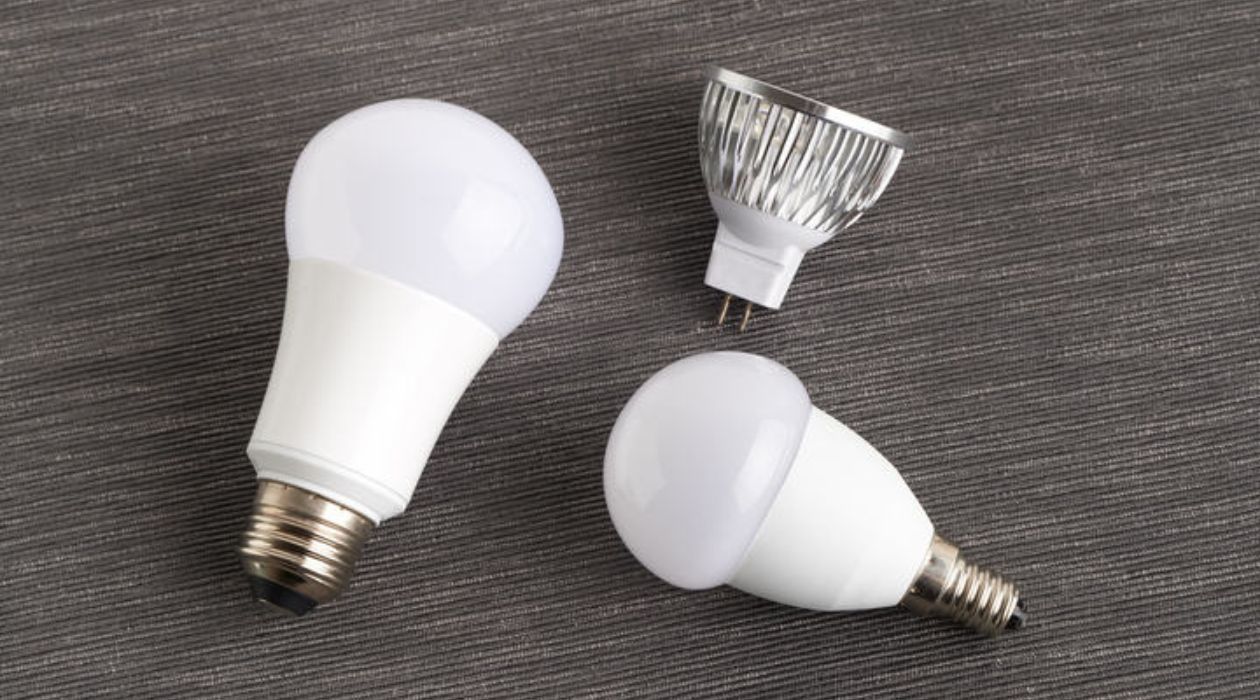
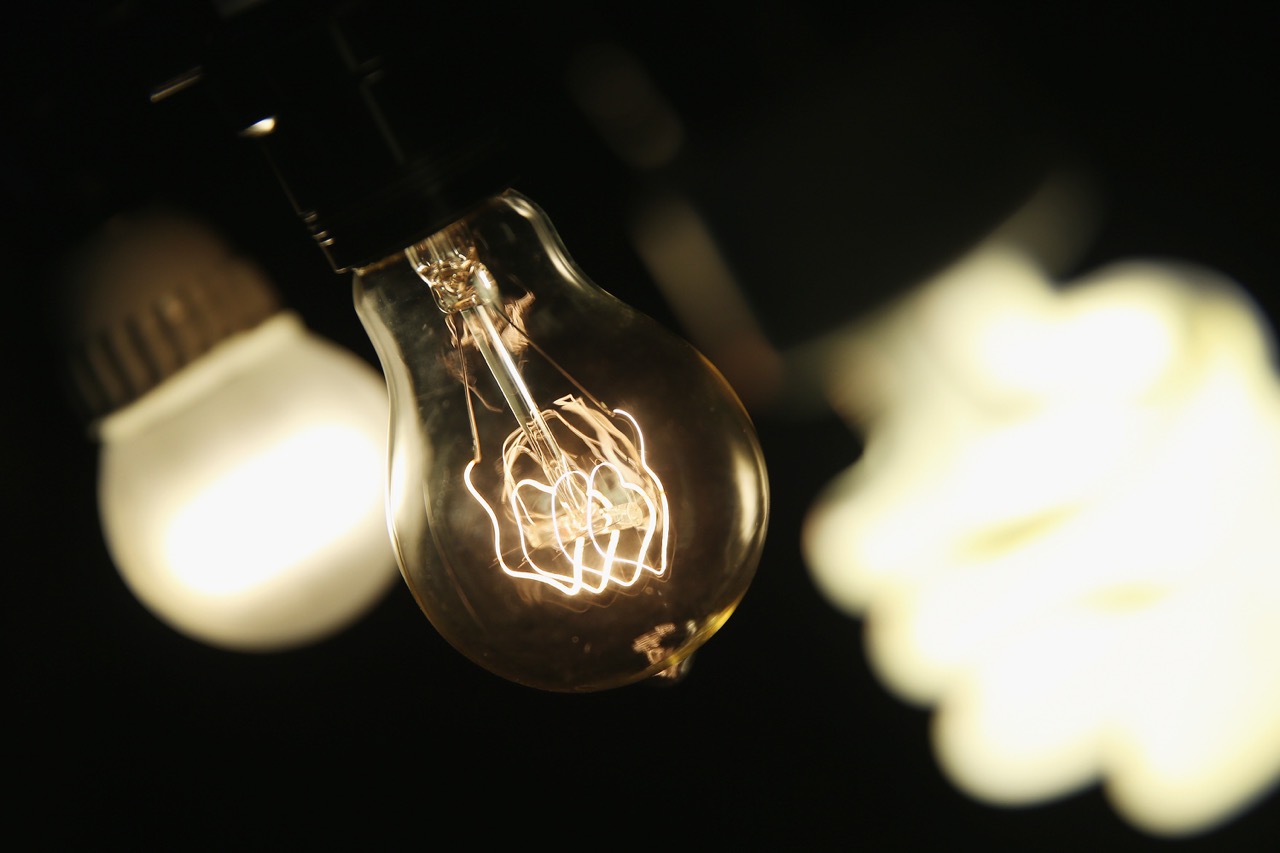

0 thoughts on “What Is A Light Bulb Filament Made Of”